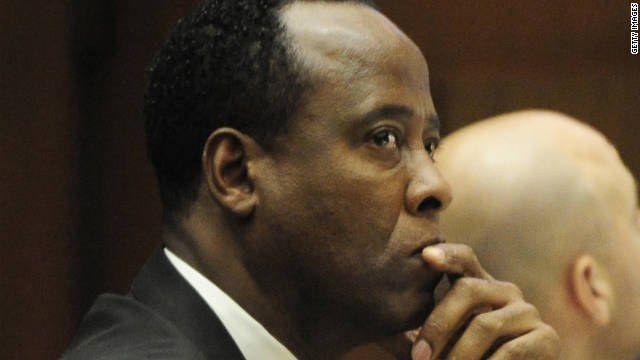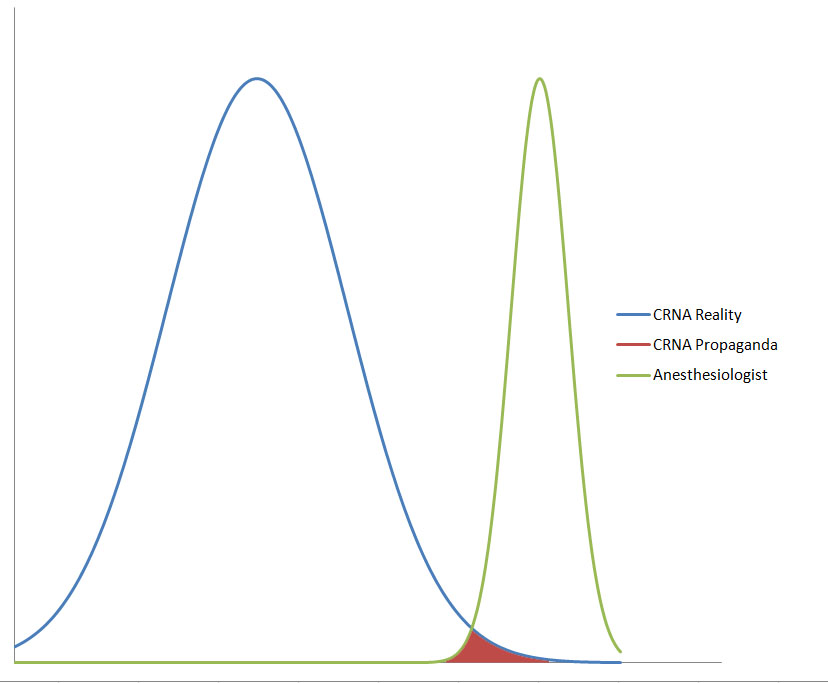- Joined
- Mar 16, 2008
- Messages
- 1,541
- Reaction score
- 310
http://www.foxnews.com/health/2012/09/07/man-dies-after-doctor-goes-on-lunch-break-during-surgery/
Oh my. I read this article this morning, noticed this was Sweden. How on earth could this happen? I'm not very familiar with Sweden's heath care system, except that I know it's of the socialized variety... I'm not sure either if they call nurse anesthetists CRNAs, but just used the title as we know it.
A Swedish man undergoing surgery died on the operating table after the anesthesiologist and a nurse went to lunch during the procedure, The Local reported.
The 72-year-old man was having a tumor removed at a hospital in Lidköping, Sweden, and had gone under anesthesia at 10:45 a.m. According to The Local, the head anesthesiologist then left at noon for lunch, followed by the head nurse anesthesiologist fifteen minutes later.
Oh my. I read this article this morning, noticed this was Sweden. How on earth could this happen? I'm not very familiar with Sweden's heath care system, except that I know it's of the socialized variety... I'm not sure either if they call nurse anesthetists CRNAs, but just used the title as we know it.



